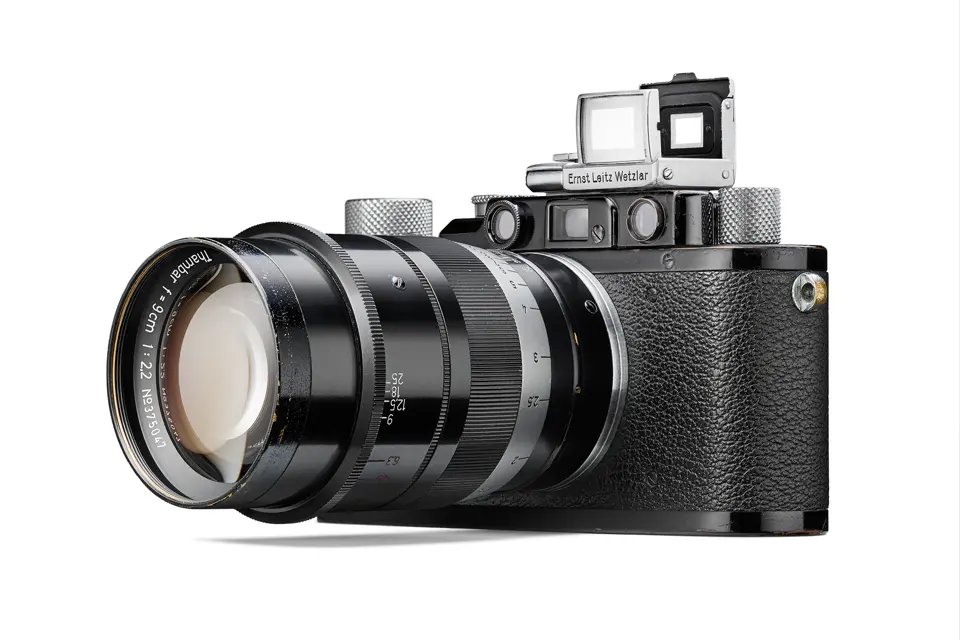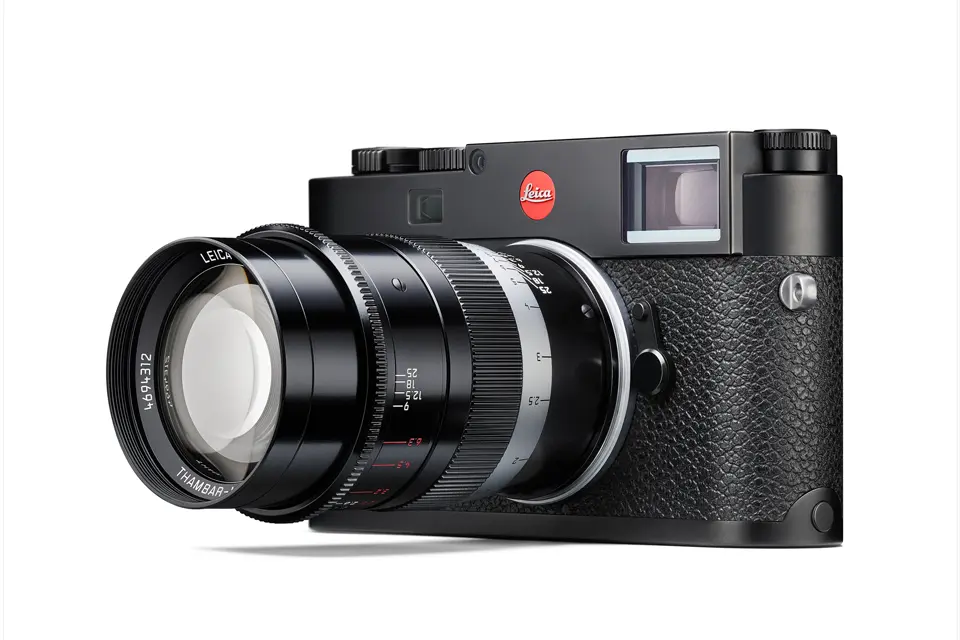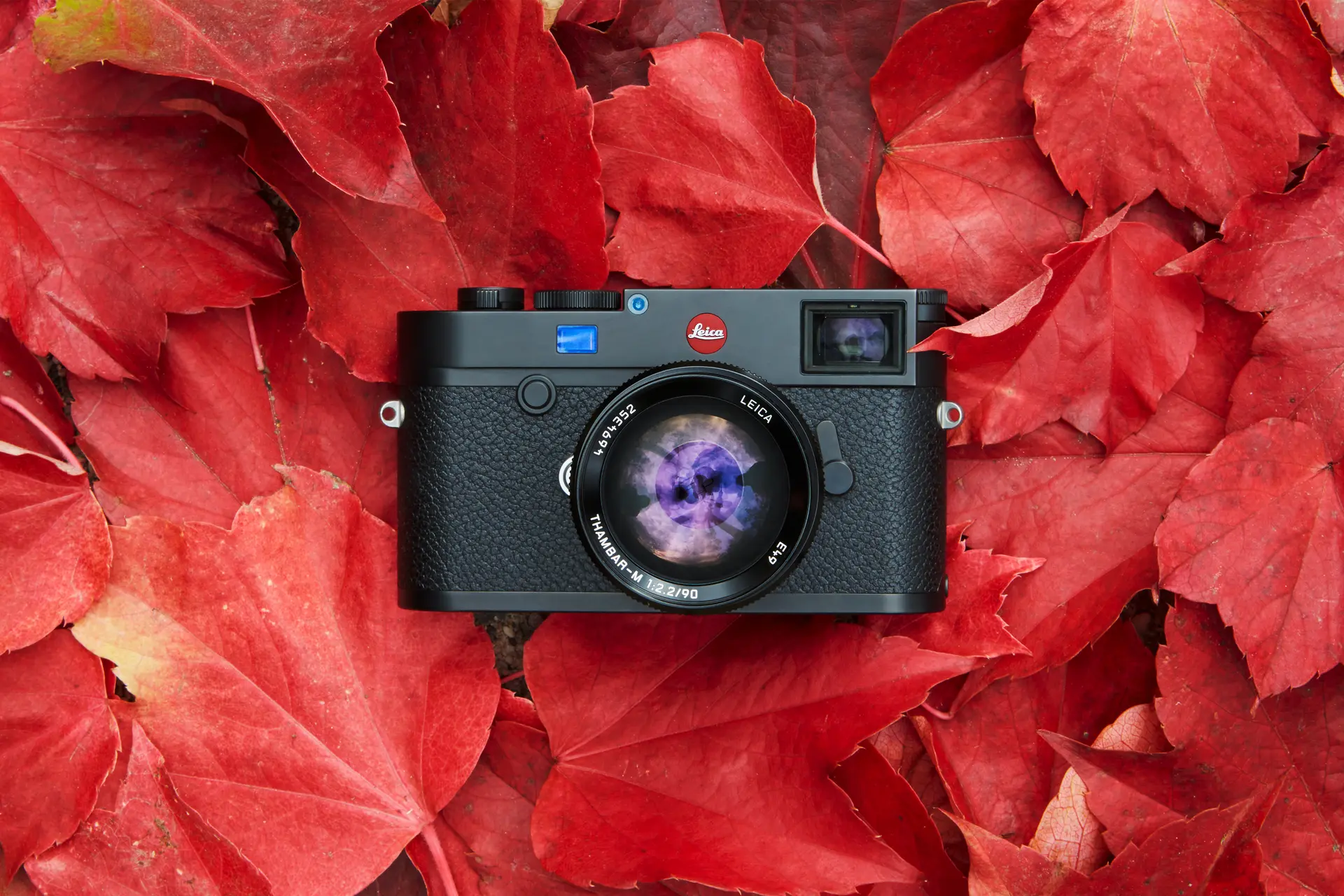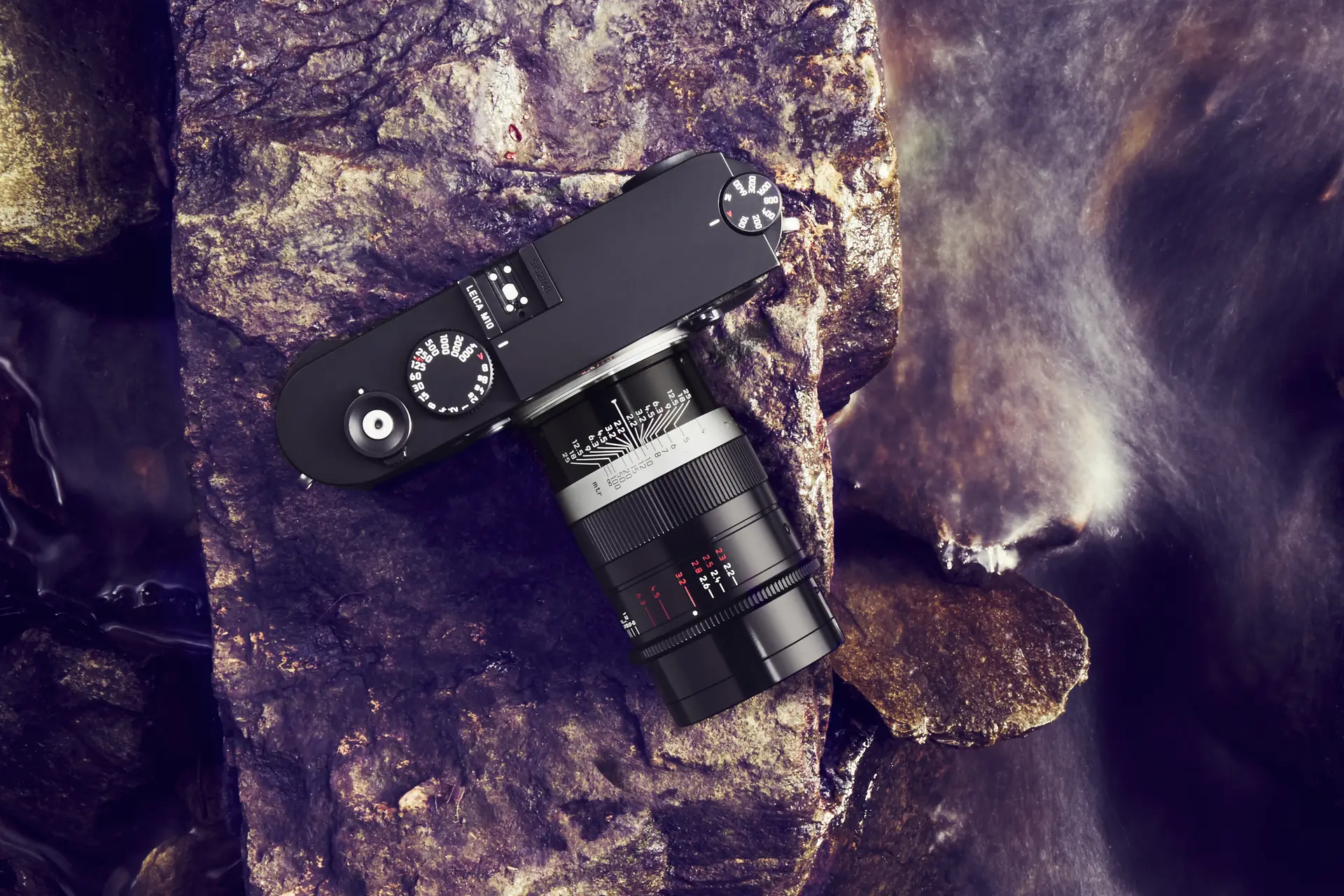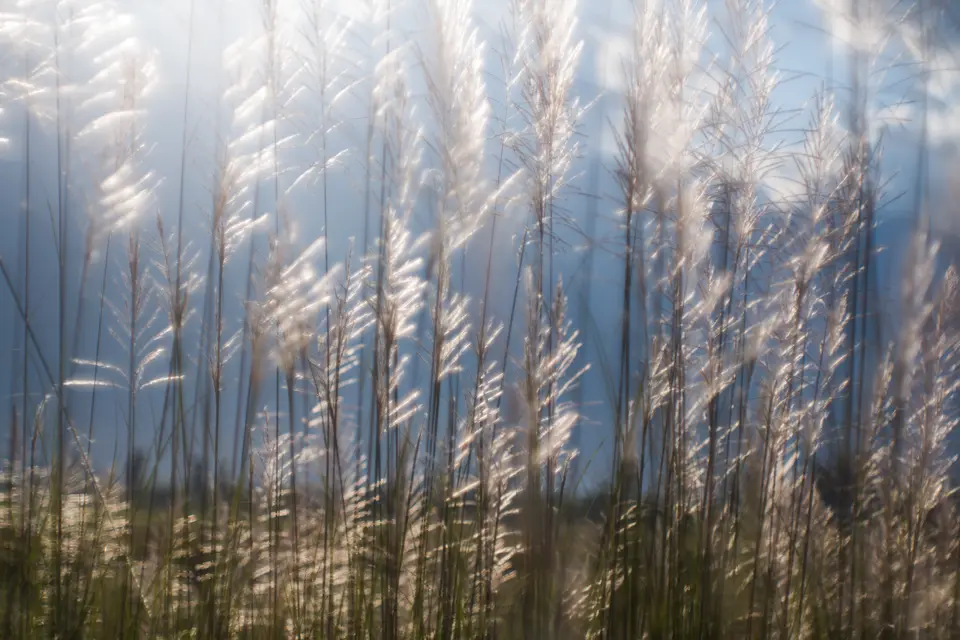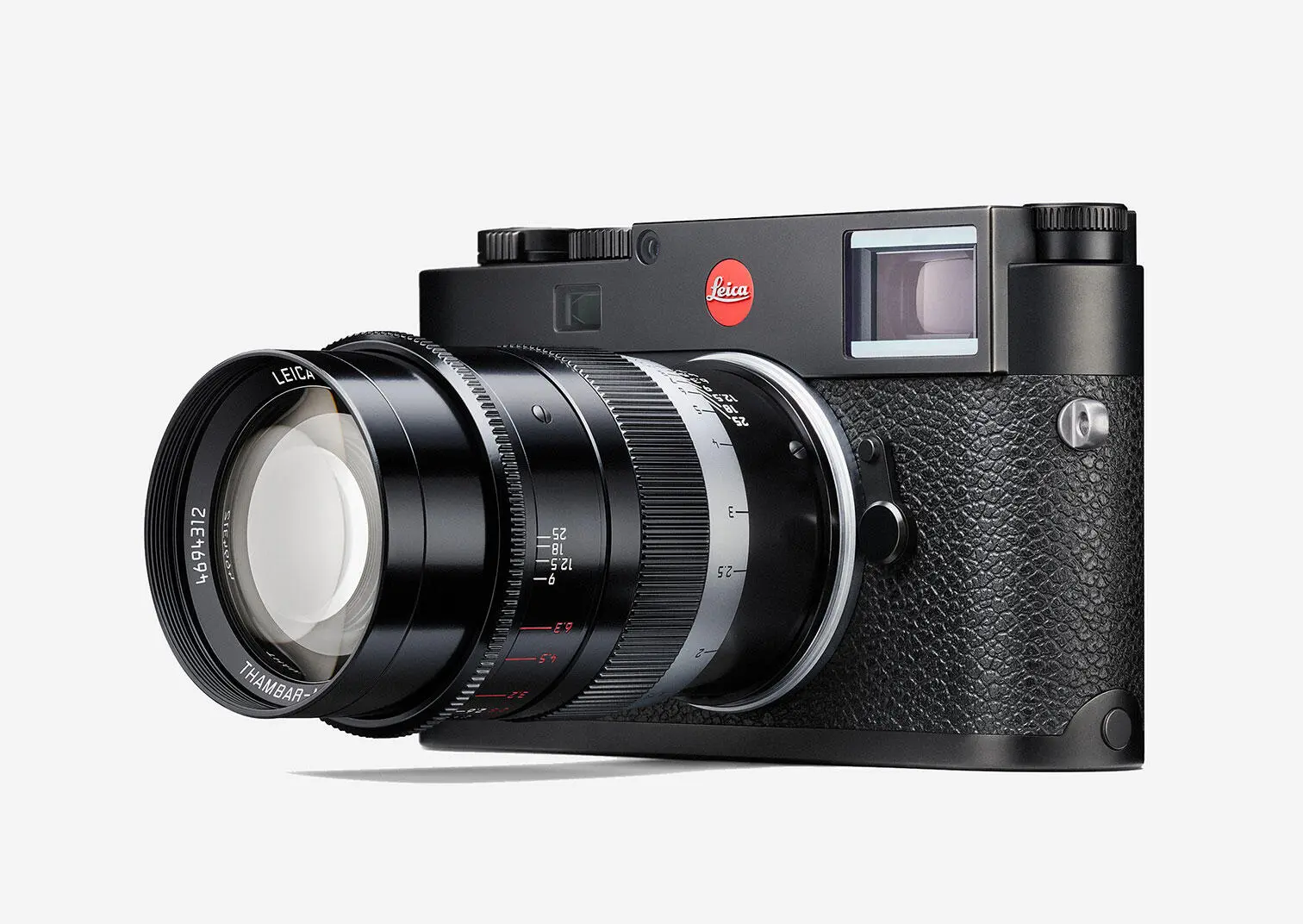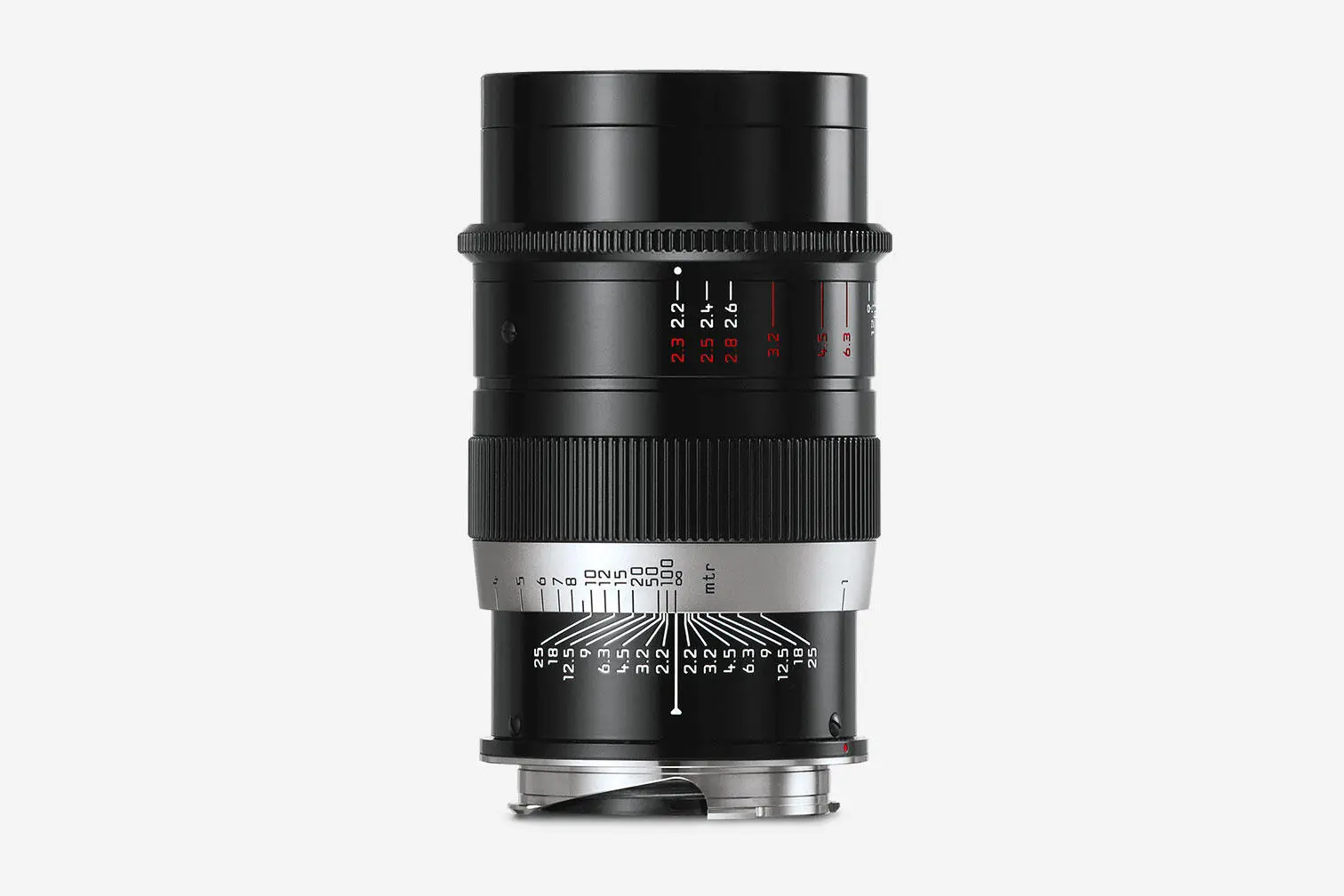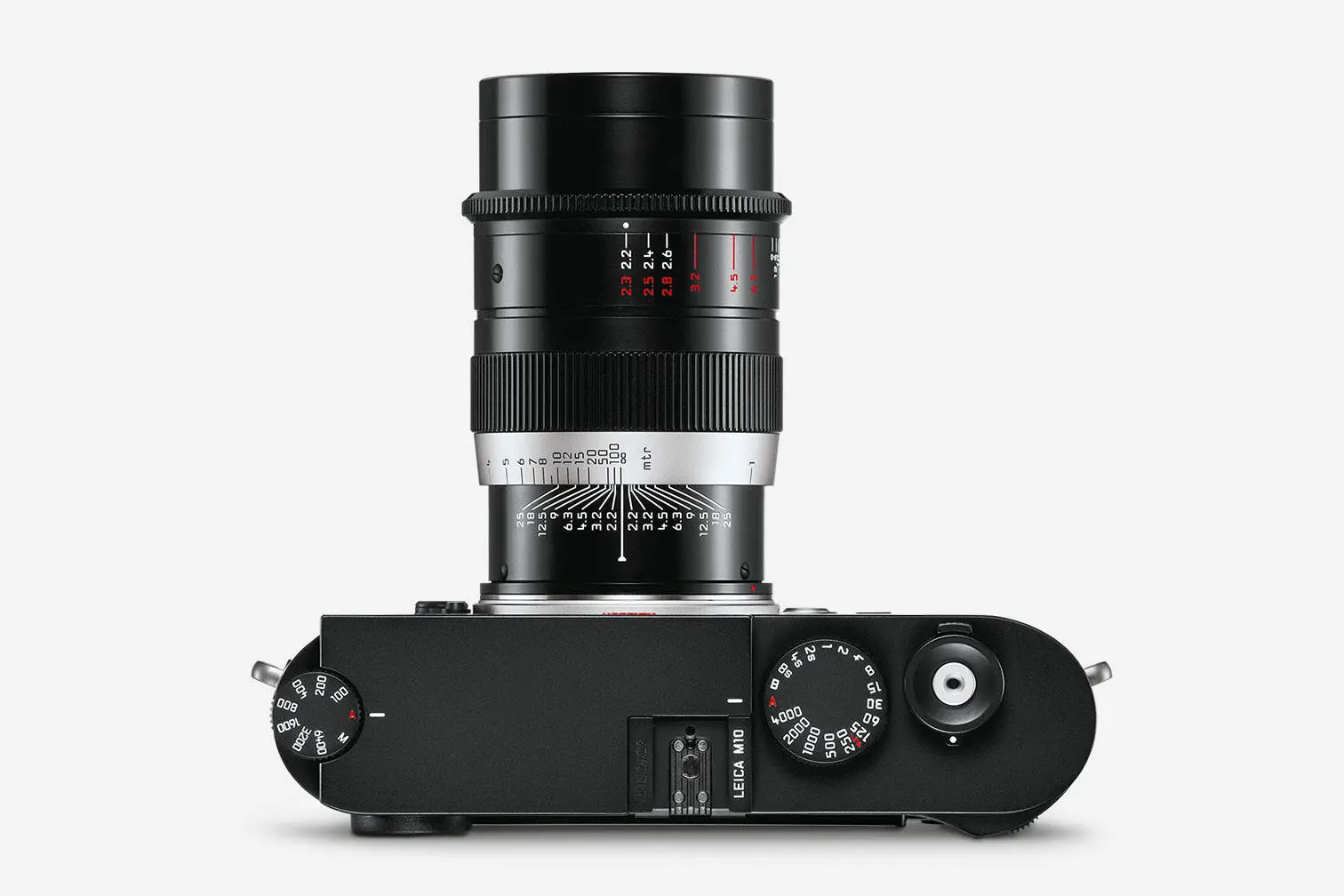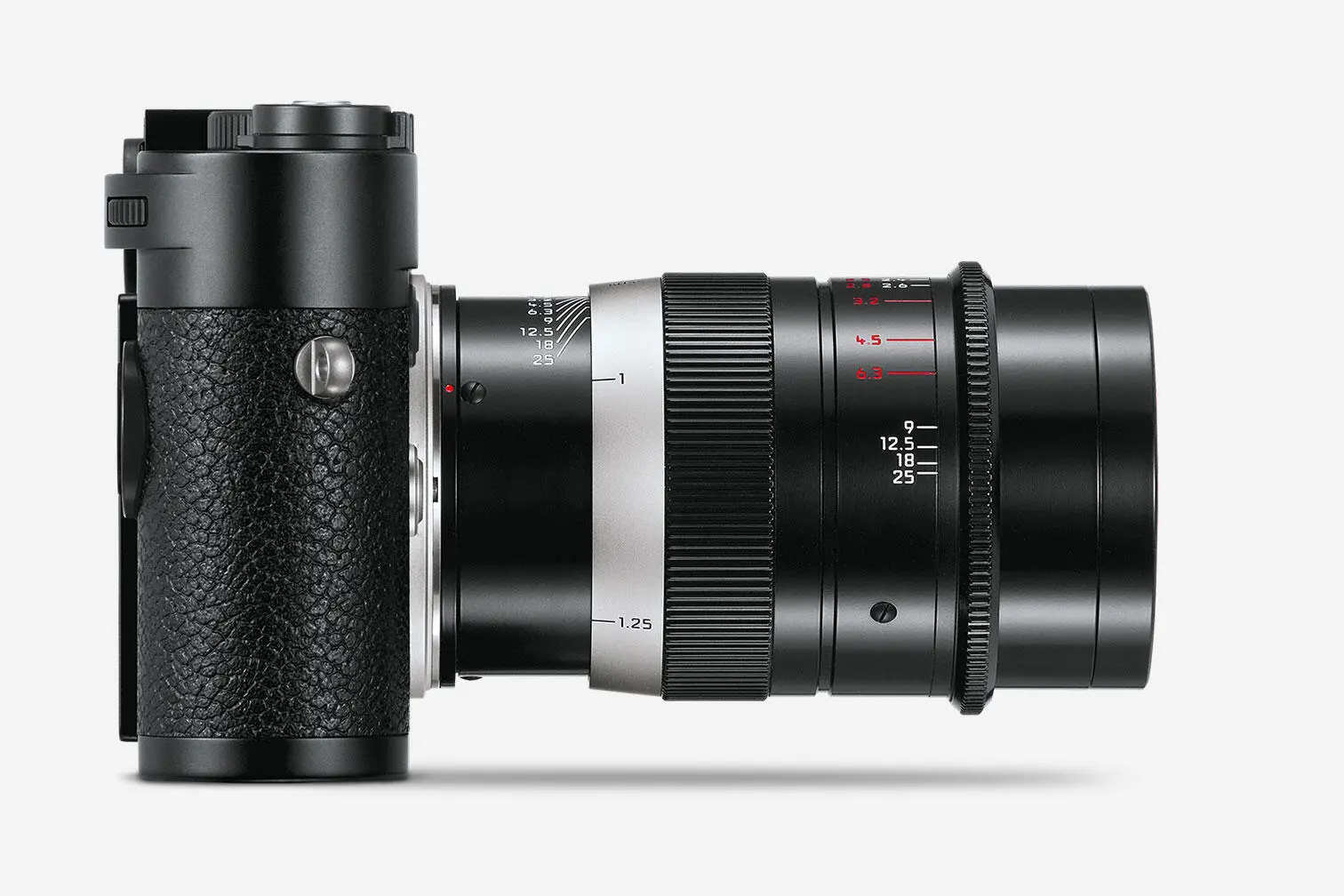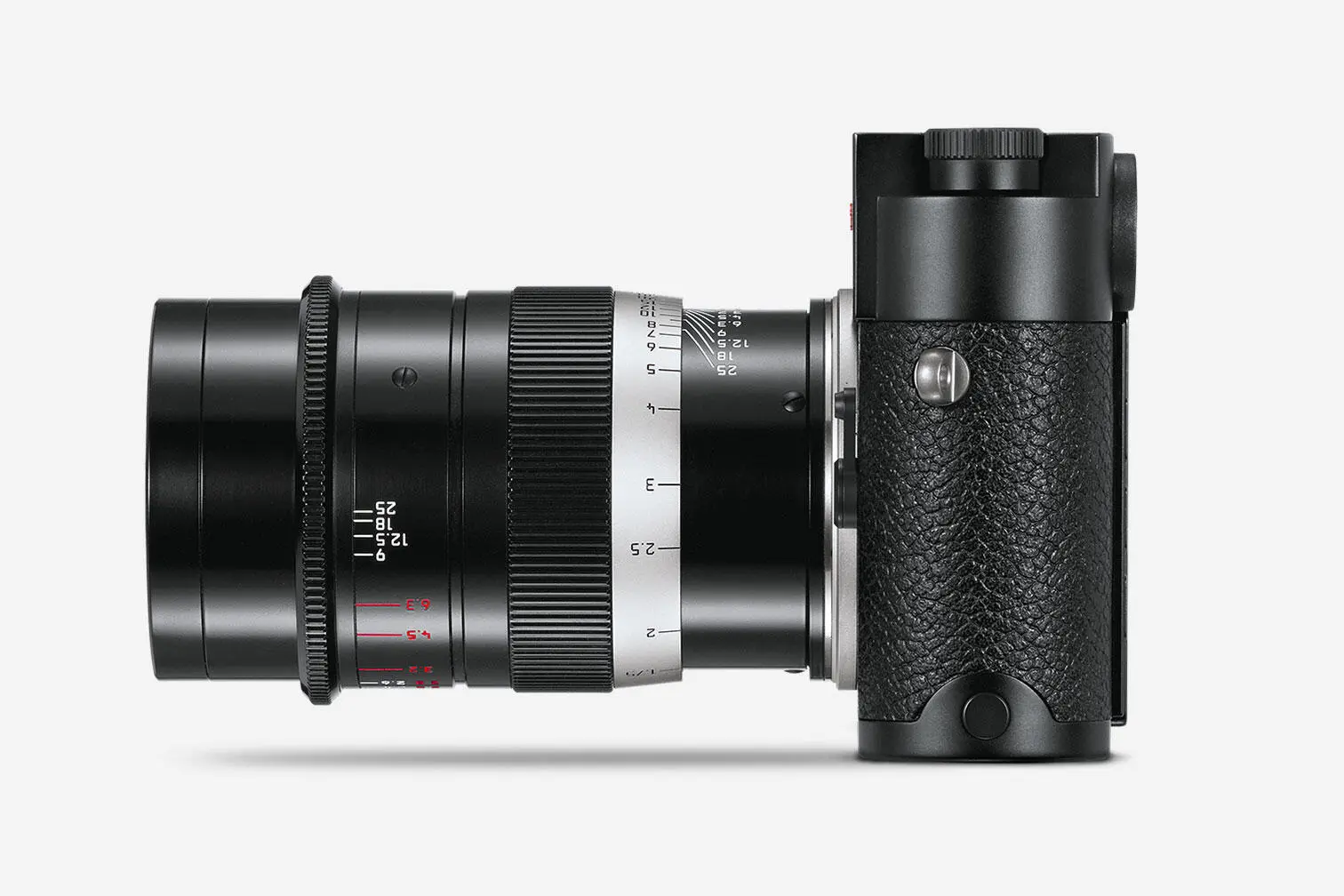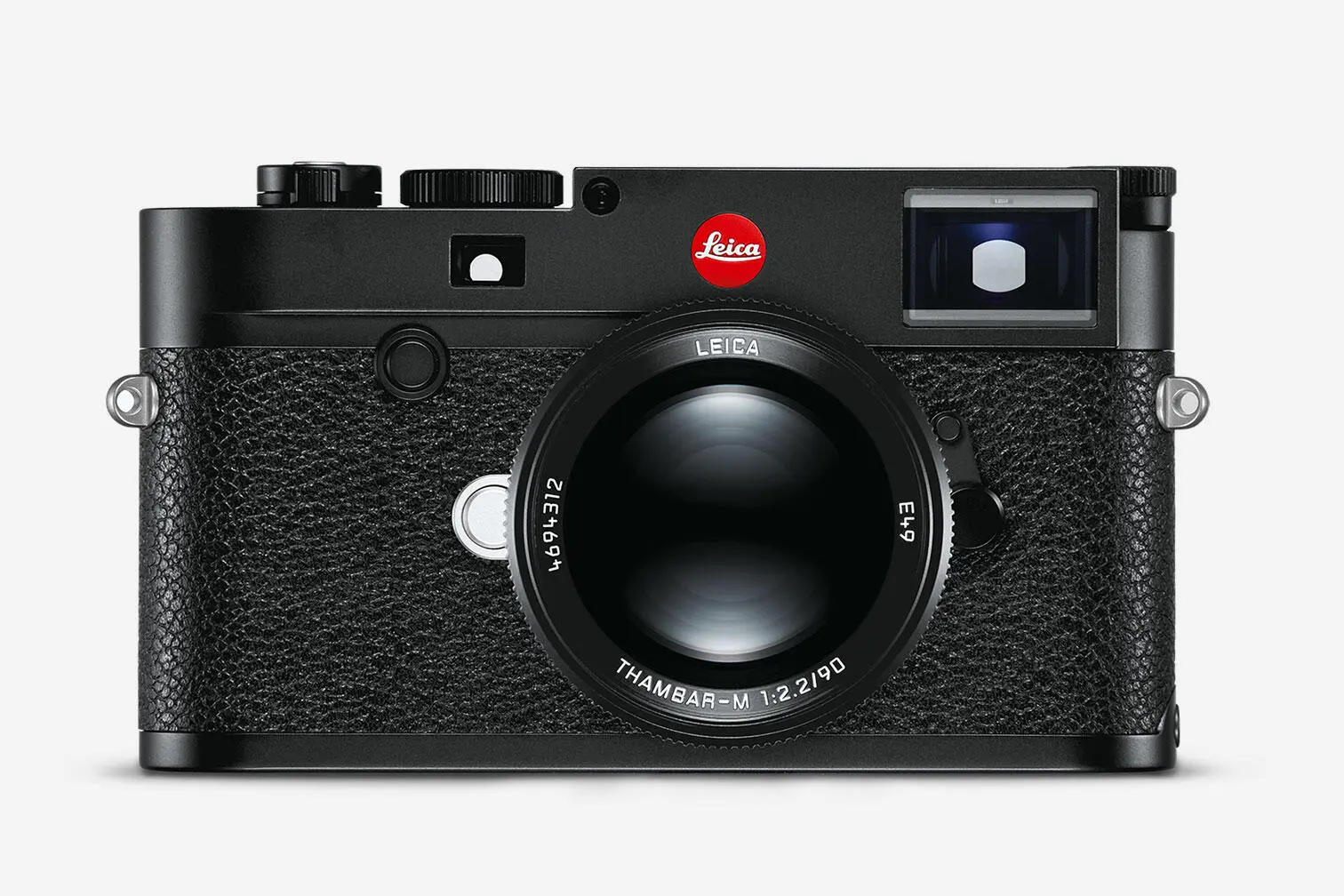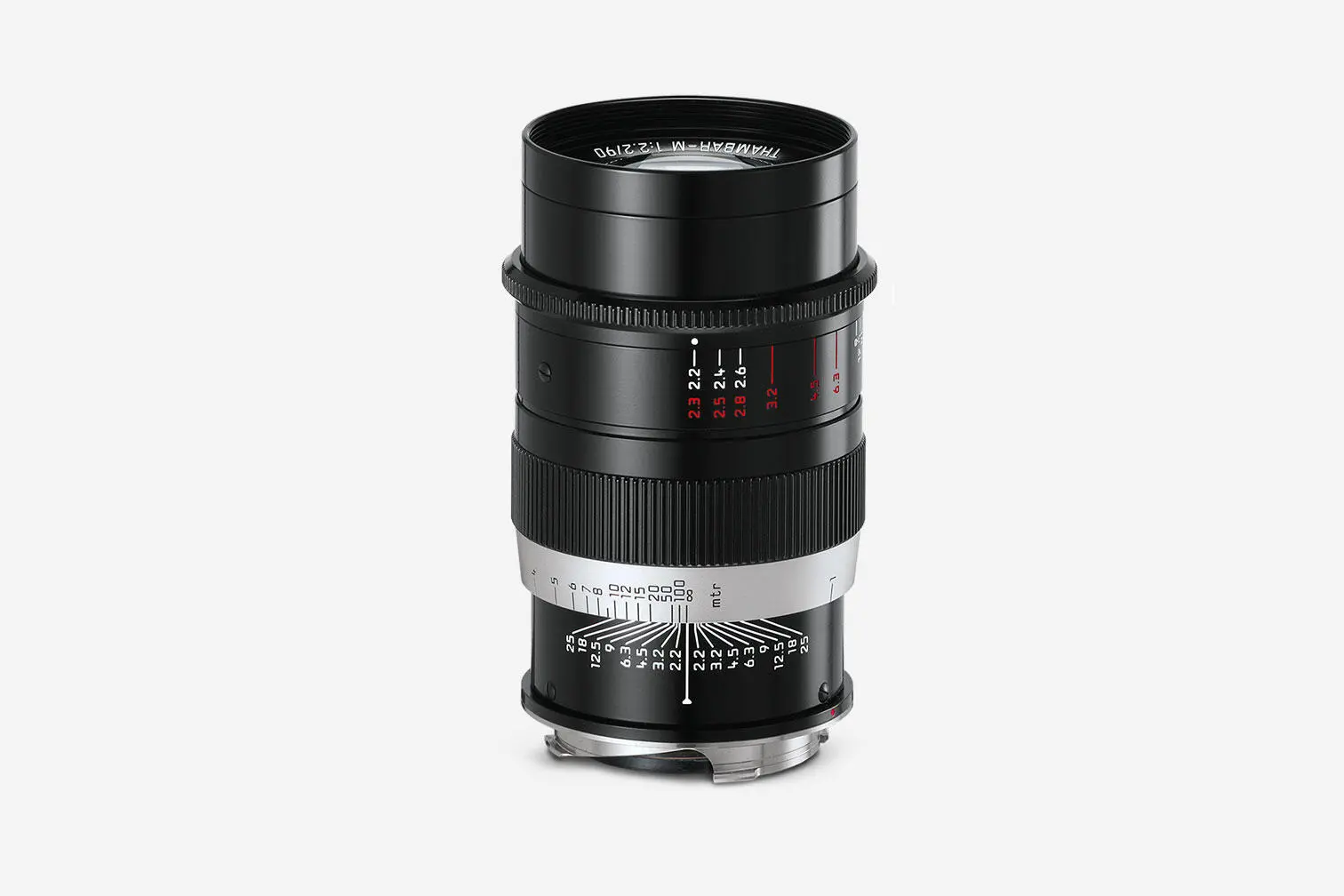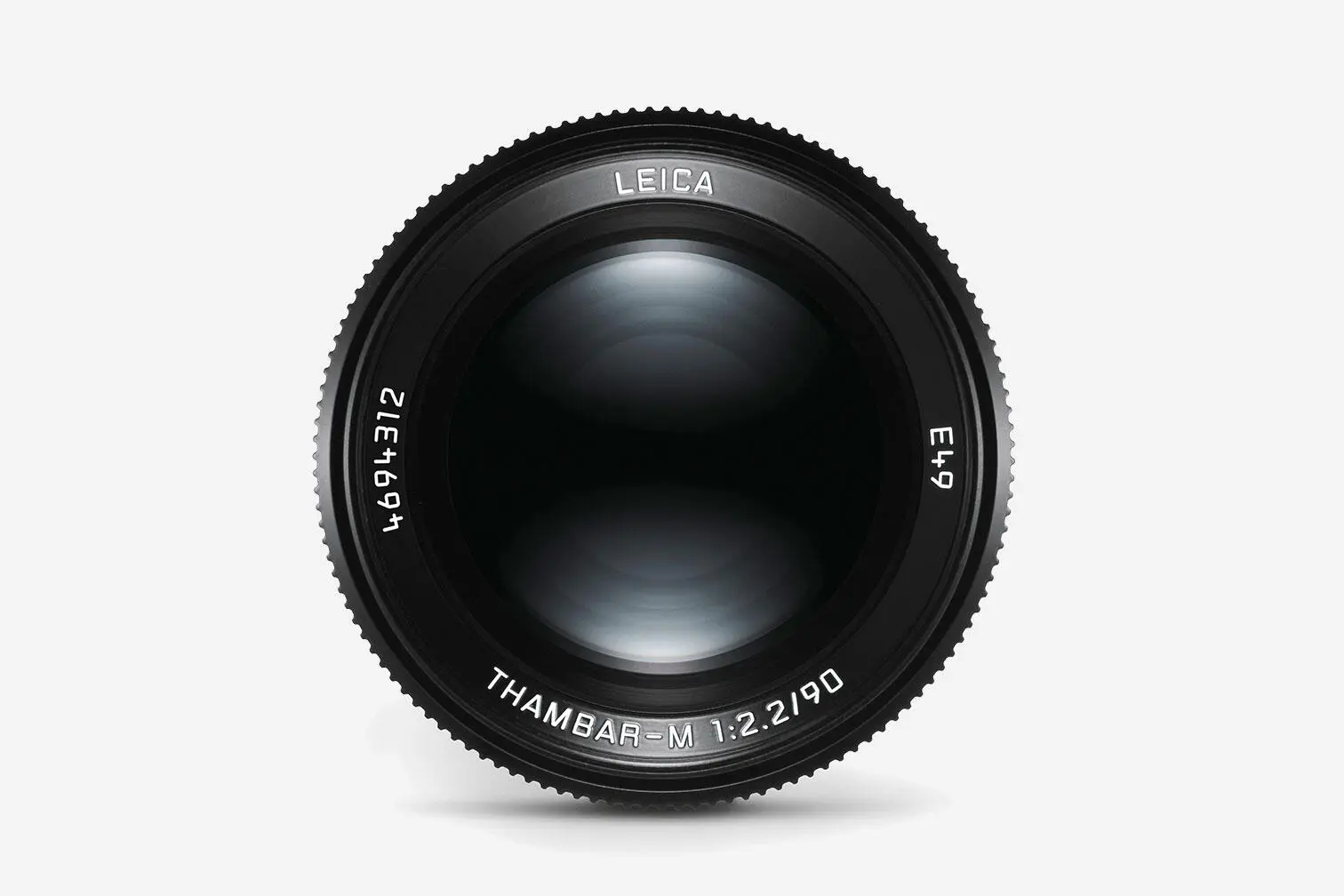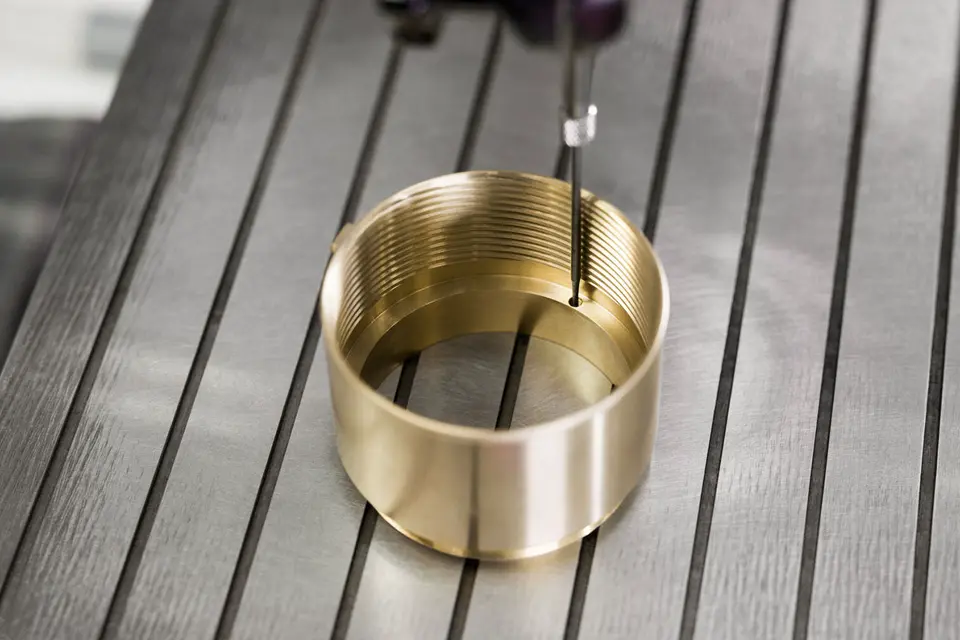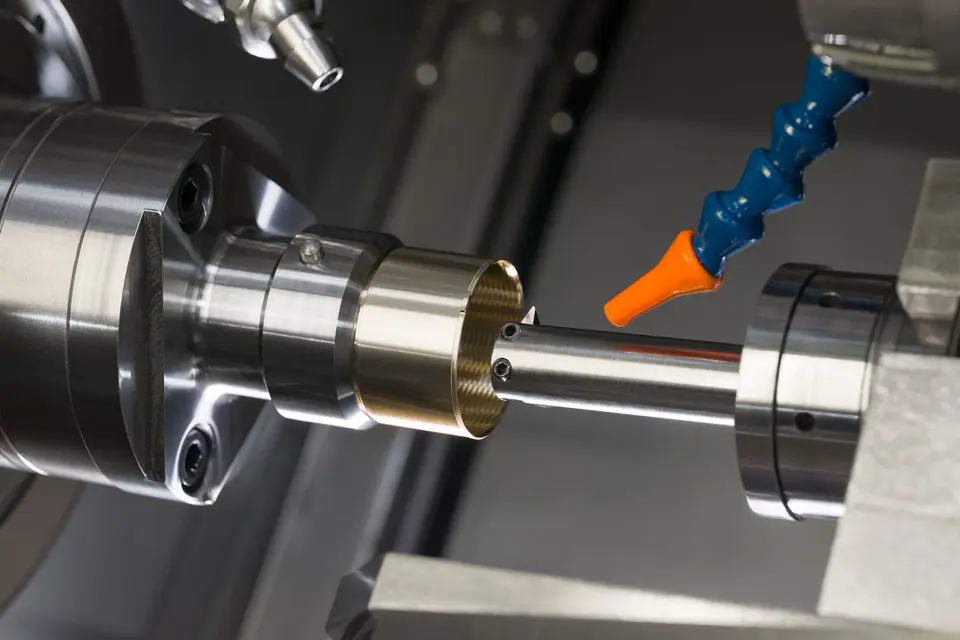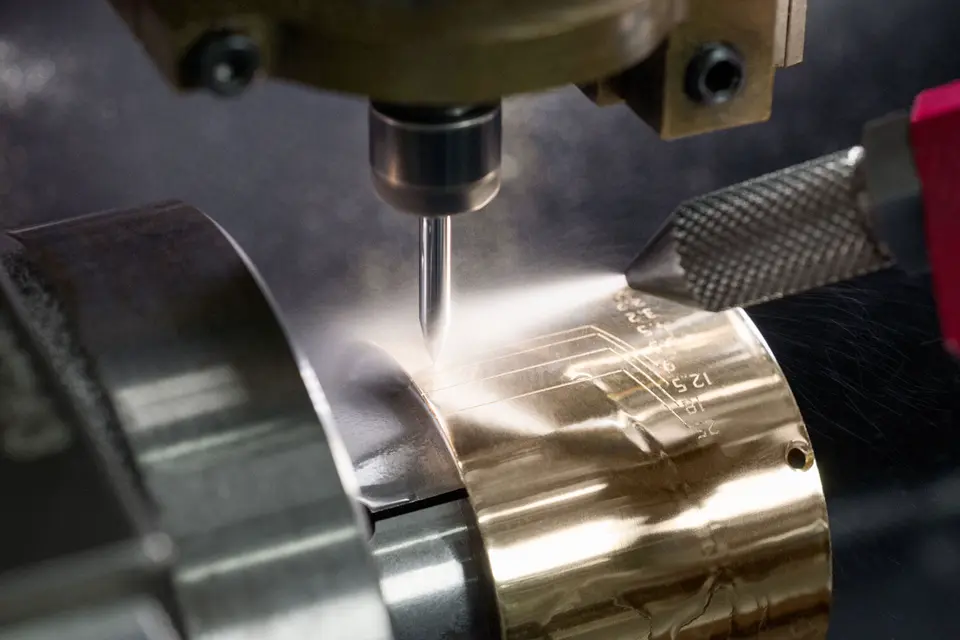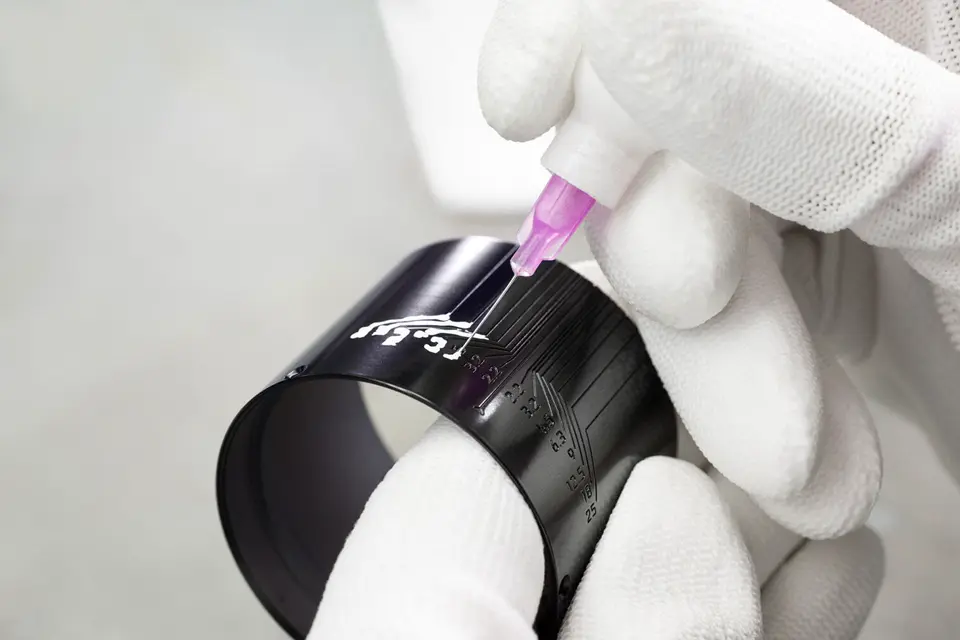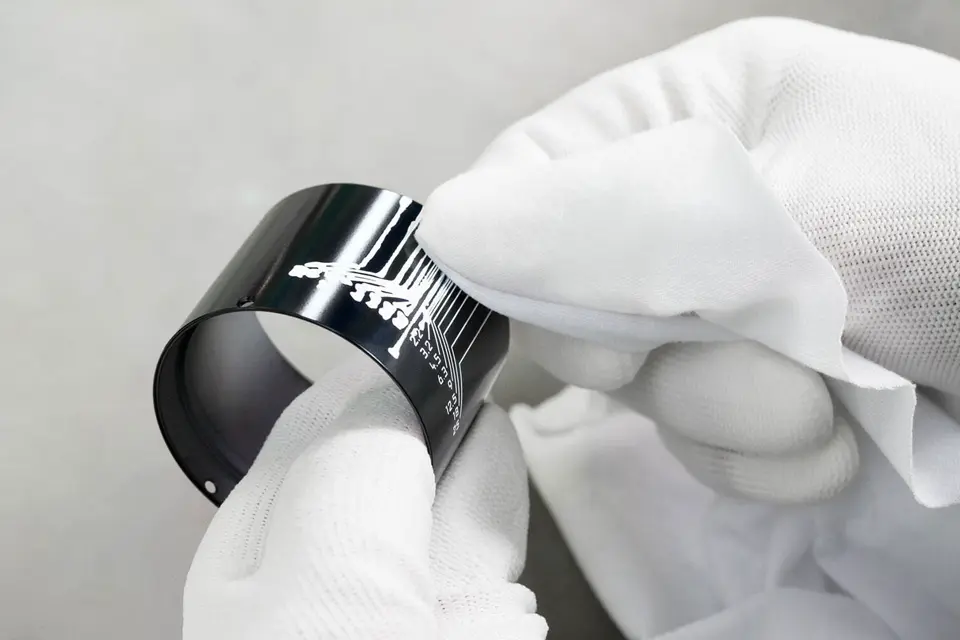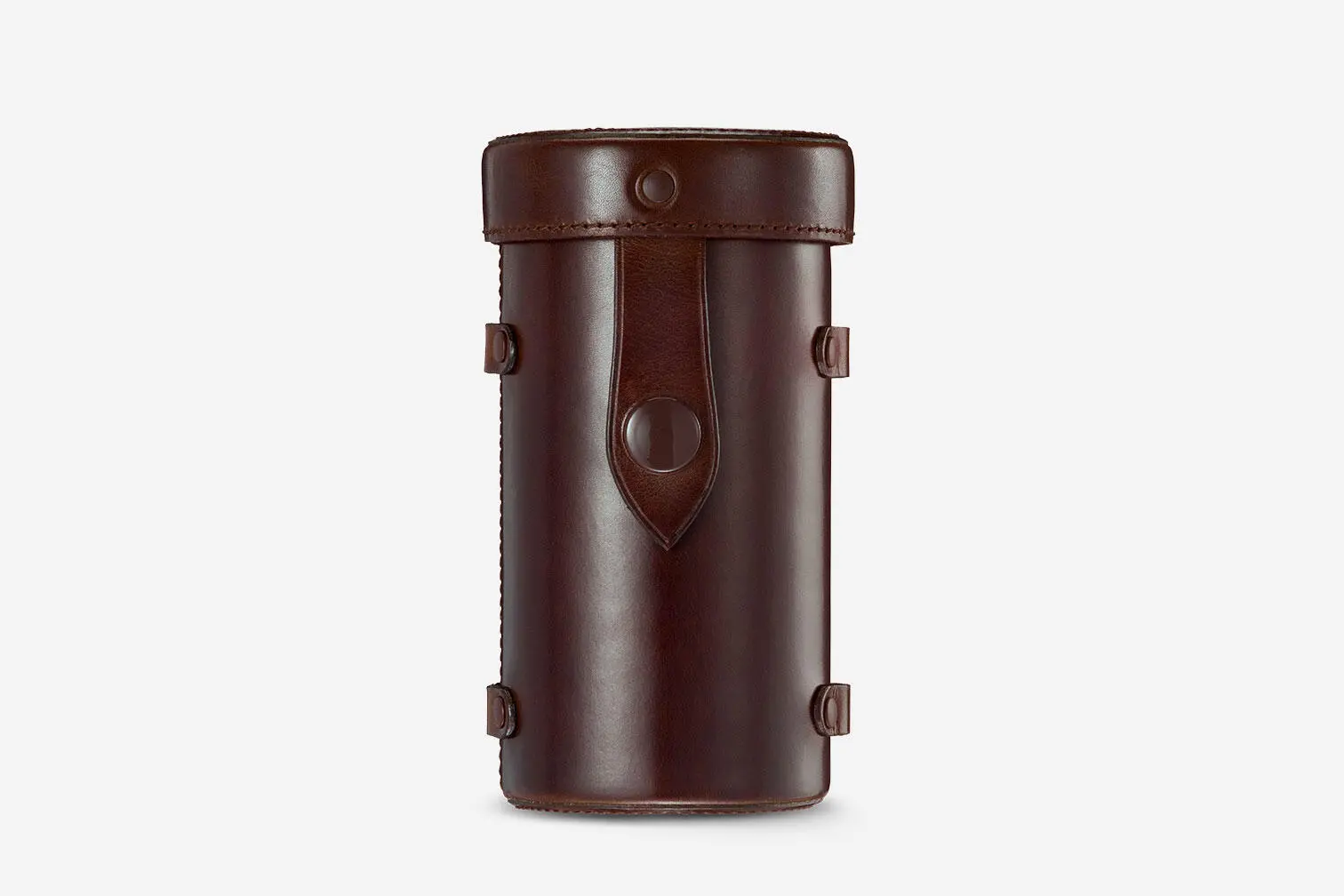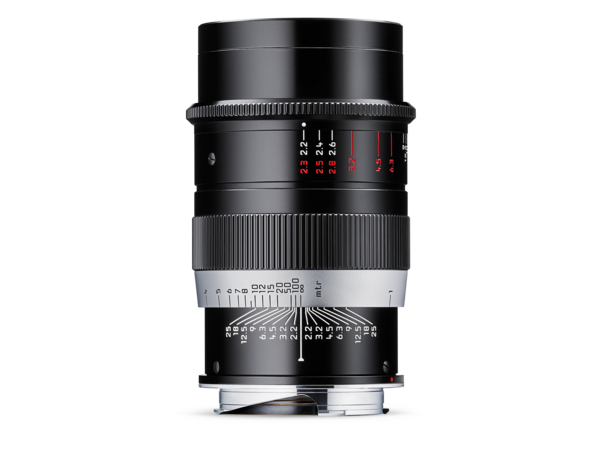

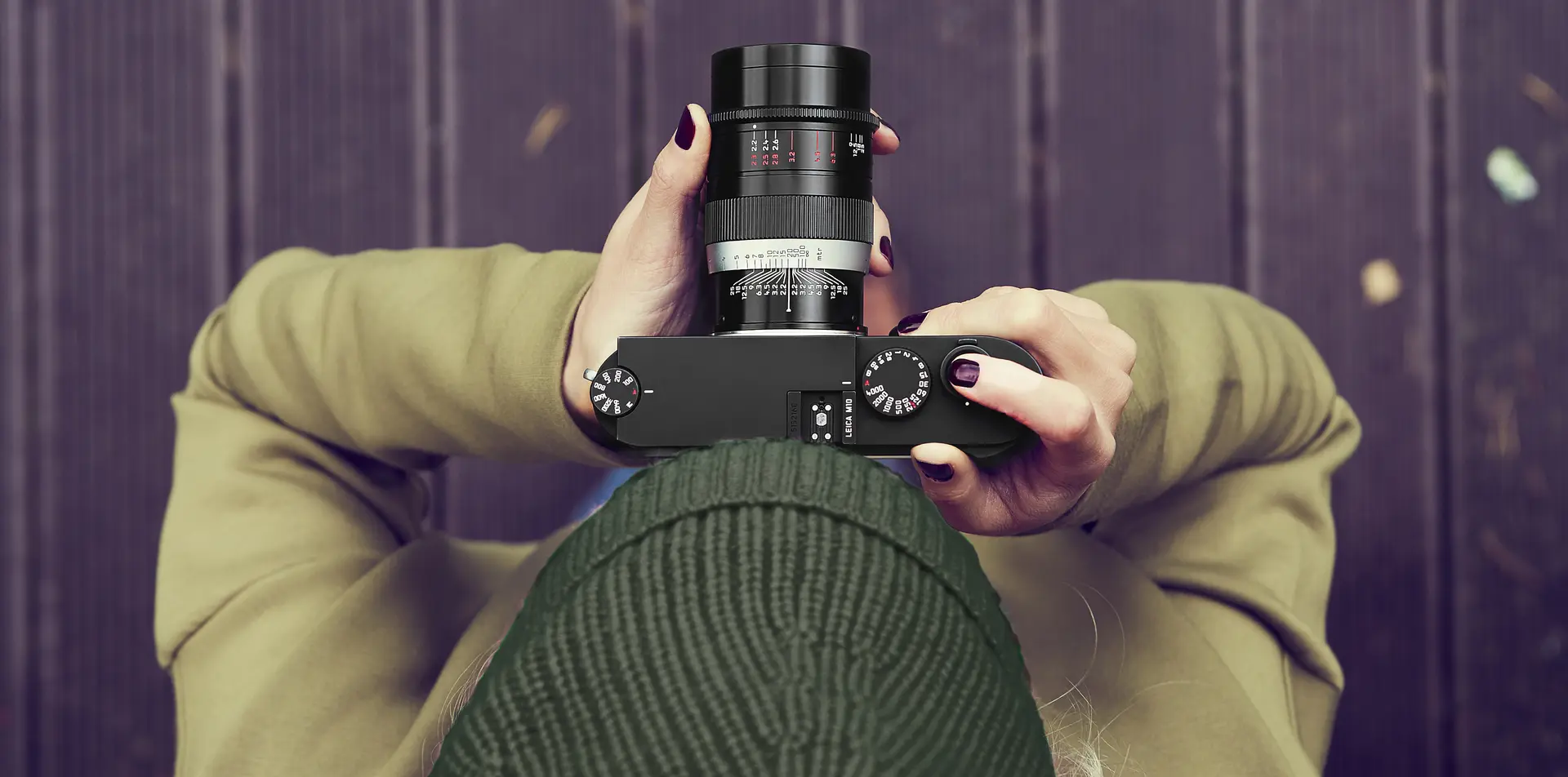
Blinded by Beauty.
Following the re-issue of the Summaron-M 28 f/5.6, Leica are now further expanding their line of classic lenses with the Thambar-M 90 f/2.2. Once again, the exterior design has been carefully modified, while the optical calculations remain unchanged.
When the Thambar was originally released in 1935, Leica lenses were already renowned for their exceptionally sharp rendition. So it was all the more surprising when Leitz introduced a soft focus lens which – despite being named after the Greek term ‘thambo’, meaning ‘blurred’ – gave rise to images whose romantic aesthetics are not only unmatched by any other lens to this day, but also impossible to replicate in digital post-processing.
This makes the new Thambar an exciting counterpoint to Leica’s other 90mm focal length lenses, and allows the modern-day photographer to experience the unique characteristics of this classic lens; or, as the Greek would say, ‘me thambose me teen omorfia tis’: to be blinded by beauty.
Breaking the Mould.
Manufactured by Leitz from 1935, the Thambar 9cm f/2.2 achieved a relatively low production quantity of just 2,984 units, which partly explains its great popularity among collectors.
When developing the Thambar, the engineers surrounding Max Berek were able to draw on their vast expertise regarding the causes and correction of optical flaws, in order to design an intrinsically sharp lens which nevertheless permitted a carefully determined level of spherical aberrations – thus giving rise to the desired soft-focus effect. When the Thambar was first launched more than eighty years ago, it was intended for photography enthusiasts who were highly skilled at their craft.
Today, the ability to adjust images in the camera’s Live View monitor makes it much easier to achieve the desired results with this truly exceptional lens.
Luminous Glow.
The Thambar’s distinctive, dreamily romantic look and unmistakeable bokeh are created by deliberately undercorrected spherical aberration, along with 20 aperture blades for the circular rendition of out-of-focus highlights. Because the aberration increases towards the periphery of the optical system, both the extension of the depth of field and the degree of diffusion can be precisely controlled via the stepless aperture ring.
Widening the aperture increases the soft focus, whereas stopping down reduces the effect. The lightproof area at the centre of the soft focus spot filter prevents the axial rays (which generate sharp focus) from reaching the sensor – resulting in an even more intense soft focus appearance.

The Thambar is like a paintbrush for photographers, helping to paint unique effects with light
Jolie Luo
With a massive following on Instagram, Jolie Luo uses her Leica cameras to depict the world she sees during her travels and the people she meets. She is a recognized photographer at the national level and member of the Chinese Photographers Association, she is also member of the British Royal Photographic Association.
State-of-the-art Lens Design.
The new Thambar has almost entirely adopted the design of the original lens – featuring the same proportions, black paint finish and red and white aperture scales as its 1930s predecessor. The red scale applies when the center spot filter is in place, which diminishes the effective aperture of the lens – for example, from 2.2 to 2.3 when wide open. When working without the center spot filter, the white aperture scale is used. In order to retain its vintage appeal, the Thambar’s exterior has only been subtly adapted to reflect the pared-down character of contemporary M lenses. This takes the form of details such as the knurling (which is now in line with the standard Leica style generally used today), the lettering on the lens, which is inlaid in the now customary LG (Leitz Gravur) font, as well as the introduction of clear-cut edges and chamfers, which serve to emphasise the precision of the lens design.
The optical design of the new Thambar is almost identical to that of the original – the only difference being that the lens elements are now single-coated to protect the glass from environmental influences and corrosion. This also makes the new Thambar an interesting addition for collectors, who are now able to apply the lens in practice, without having to expose their vintage original to wear-and- tear.
Craftsmanship:
Down to the Last Detail.
The Leica Thambar-M 90 f/2.2 is meticulously crafted to the highest quality standards, with a primary focus on high-grade materials and long-term durability.
Scope of delivery
As with the original Thambar of 1935, the lens hood, filter surround and both lens caps are made of metal. The hood can be attached to the lens back-to-front during transport.
Felt linings inside the lens hood and front cap serve to protect the metal surfaces from scratches.
A hard leather case in vintage brown keeps the Thambar perfectly secure, whereby the center spot filter can be safely stored in the lid. The leather case, designed to closely resemble the original quiver sold more than eighty years ago, ensures excellent protection during transport.
|
THAMBAR-M 1:2,2/90 |
|
|
Angles of view (diagonal, horizontal, vertical) |
approx. 27°, 23°, 15° (for 35 mm: 24x36 mm) Use with the Leica M8 models is not recommended since the optical properties do not suit for smaller formats than 35 mm (24x36 mm). |
|
Optical design |
Number of lenses/groups 4/3 (in the direction of light incidence behind the bayonet fitting contact area) |
|
Focusing |
Focusing range: 1 m to ∞ |
|
Aperture |
No detent positions |
|
Bayonet fitting |
Leica M quick-change bayonet with 6 bit lens identification bar code for digital M models |
|
Filter mount / lens hood |
Internal thread for screw-on filter E49, center spot filter and push-on lens hood in the scope of delivery |
|
Viewfinder |
Camera viewfinder |
|
Finish |
Black lacquered (Distance scale: silver) |
|
Dimensions and weight |
Length to bayonet flange (without/with lens hood): approx. 90/110 mm |
|
Compatible cameras |
All Leica M cameras |
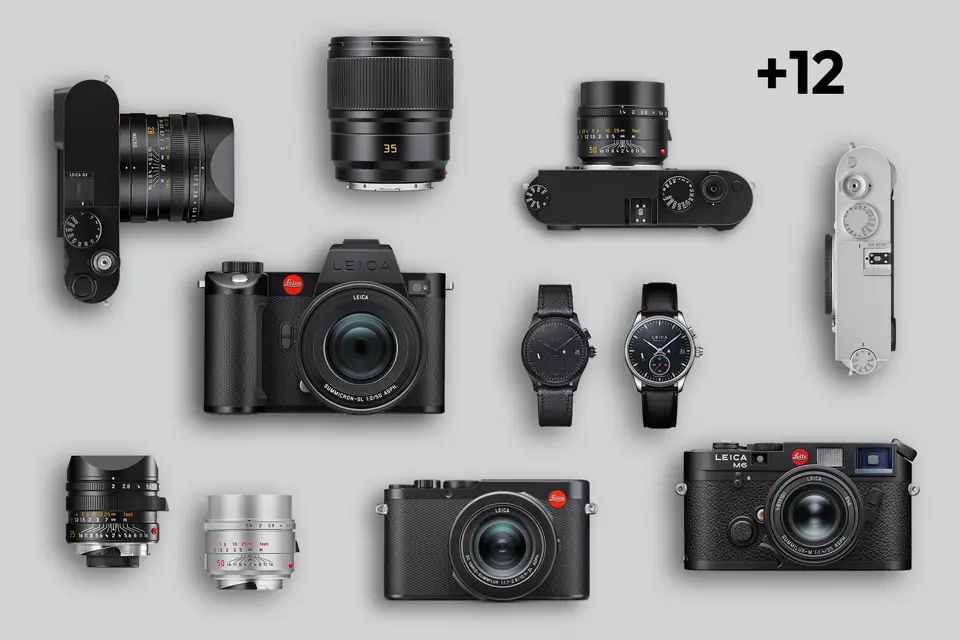
Registra tu producto Leica y accede a beneficios exclusivos
¿Tienes una cámara, lente o reloj Leica de los sistemas M, SL, Q o D-Lux 8? Si lo registras en tu Cuenta Leica durante los tres primeros meses desde la compra, podrás disfrutar de ventajas exclusivas pensadas para propietarios como tú:
-
3 años de garantía internacional
Disfruta de una extensión de garantía de 12 meses adicionales en todo el mundo (no solo España). -
3 ediciones digitales gratuitas de LFI Magazine
Accede gratuitamente a tres ediciones de la prestigiosa revista Leica Fotografie International. - Sesión personalizada (1to1) de hasta 30 minutos
Si has adquirido tu producto en Leica Store Madrid o a través de la web oficial, podrás disfrutar de una sesión gratuita, ya sea online o presencial, en el Espacio PRO de Leica Store Madrid.
Registra tu producto ahora y aprovecha estos beneficios exclusivos.

Descubre el mundo de Leica con un Especialista
Mejora tu experiencia Leica con nuestro equipo de expertos Leica y obtén más información sobre nuestros servicios.
